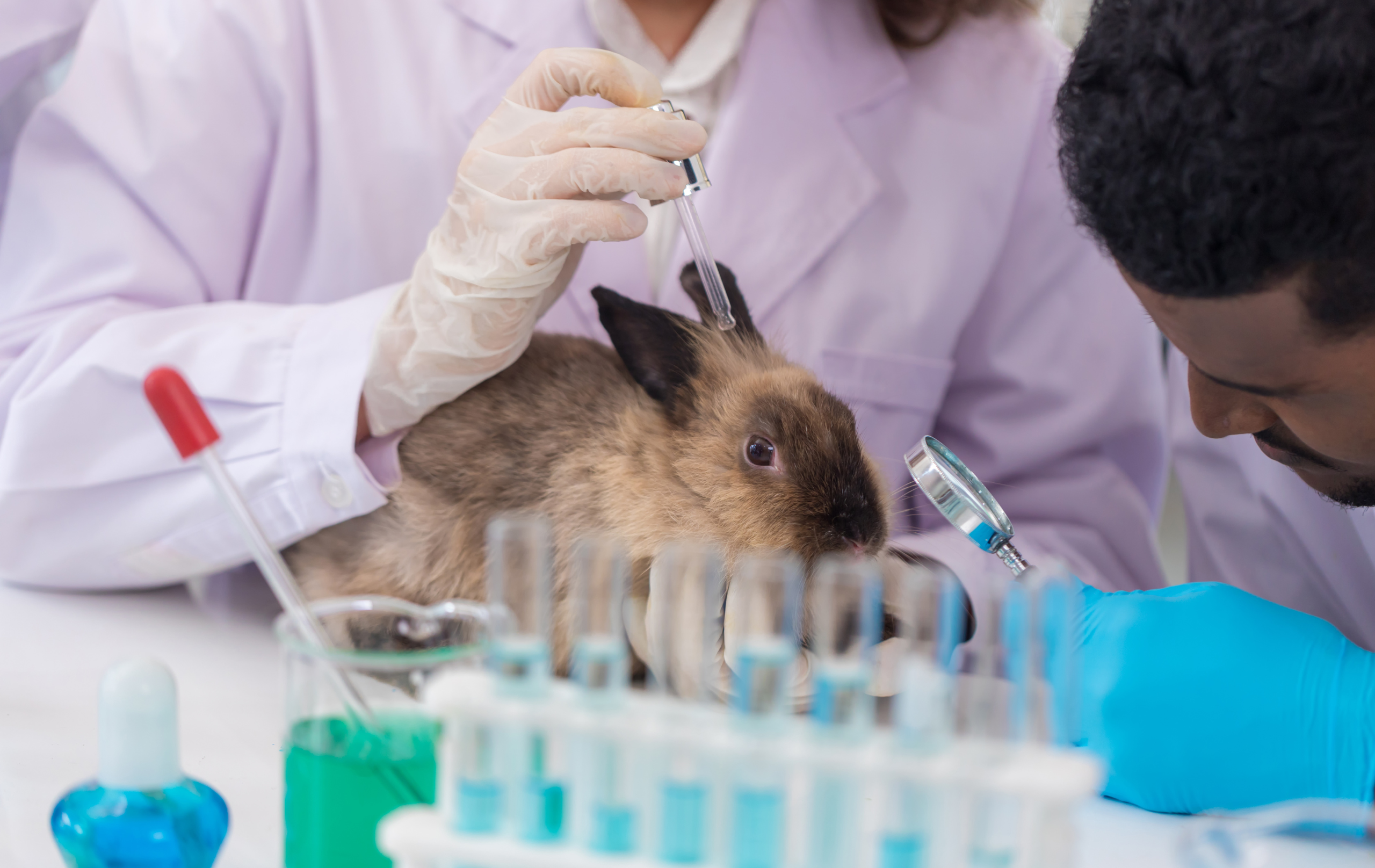December 12, 2023. On November 22, 2023, the European General Court published an interesting judgment on the relationship between the EU Cosmetics Regulation and REACH regarding animal testing.
As is very well known, the EU Cosmetics Regulation foresees a testing and a marketing ban on animal testing for finished cosmetic products and raw materials for several years. There are just a few exceptions to the ban specified in Article 18 of the EU Cosmetics Regulation. On the other hand, animal testing can be performed under REACH.
What is REACH?
REACH is Regulation (EC) No 1907/2006 on the registration, evaluation, authorization, and restriction of chemicals in the European Union. Regulation (EC) No 1907/2006 aims at protecting human health and the environment from chemicals risks throughout the supply chain. In short, it establishes procedures for evaluating the hazards linked to substances through a registration process to be performed by companies producing and marketing such substances. Although REACH does not concern finished products (cosmetics), it applies to all substances contained in those products. The European Chemicals Agency (ECHA) is responsible for the implementation of REACH.
The case
In 2018, the ECHA asked the company Symrise AG to perform some tests on animals to evaluate the risk associated with worker exposure to the substance 2-ethylhexyl salicylate. Symrise AG refused to comply with the request. Consequently, the case was referred to the General Court to decide.
In its application, Symrise AG mentioned that the ECHA request is not acceptable considering that 2-ethylhexyl salicylate (Ethylhexyl Salicylate) is used exclusively in cosmetic products as an approved UV filter. In light of this, the company supported its case arguing that the safety of Ethylhexyl Salicylate for human health was already evaluated under the EU Cosmetics Regulation. Furthermore, the ECHA request was against the animal testing ban for cosmetics.
The applicant was supported by several organizations, such as PETA, Cruelty Free Europe, and the European Federation for Cosmetic Ingredients.
The judgement
In November, the European General Court released its judgement rejecting Symrise AG’s plea. The decision declared that cosmetic ingredients may be tested on animals for REACH purposes. The Court clarified the following:
- There are no provisions establishing the primacy of either REACH or the EU Cosmetics Regulation. Therefore, they must be interpreted and applied in a consistent and compatible way.
- The risks to human health covered by the EU Cosmetics Regulation and REACH are not identical. The EU Cosmetics Regulation ensures the safety of end users and professionals who use cosmetics under normal or reasonably foreseeable conditions of use. Hence, other risks, such as workers’ exposure during production are not covered by that regulatory framework. REACH, instead, covers risks to human health relating to all exposures throughout the life cycle of the substance. Among them, the risks to which workers are exposed.
- The ban on animal testing in the EU Cosmetics Regulation covers only the tests performed to demonstrate the safety of the product according to the EU Cosmetics Regulation, which are included in the safety assessment report. Additional tests, such as those done according to REACH are not covered by the ban.
- Although the contested decision requires Symrise AG to carry out certain studies on vertebrate animals, the company can avoid them by producing valid adaptations. This way, REACH request is not an obligation to perform animal testing contrary to the policy of the company on the matter.
The decision may, within two months, be appealed before the Court of Justice, limited to points of law.
COSlaw is the Information Platform on the Cosmetics Regulations in Europe and beyond. Become a free member and follow us on LinkedIn to remain updated with the latest news.
References:
- InfoCuria. (2023). Judgement of the General Court 22 November 2023. Retrieved on 01/12/2023



Leave a Reply